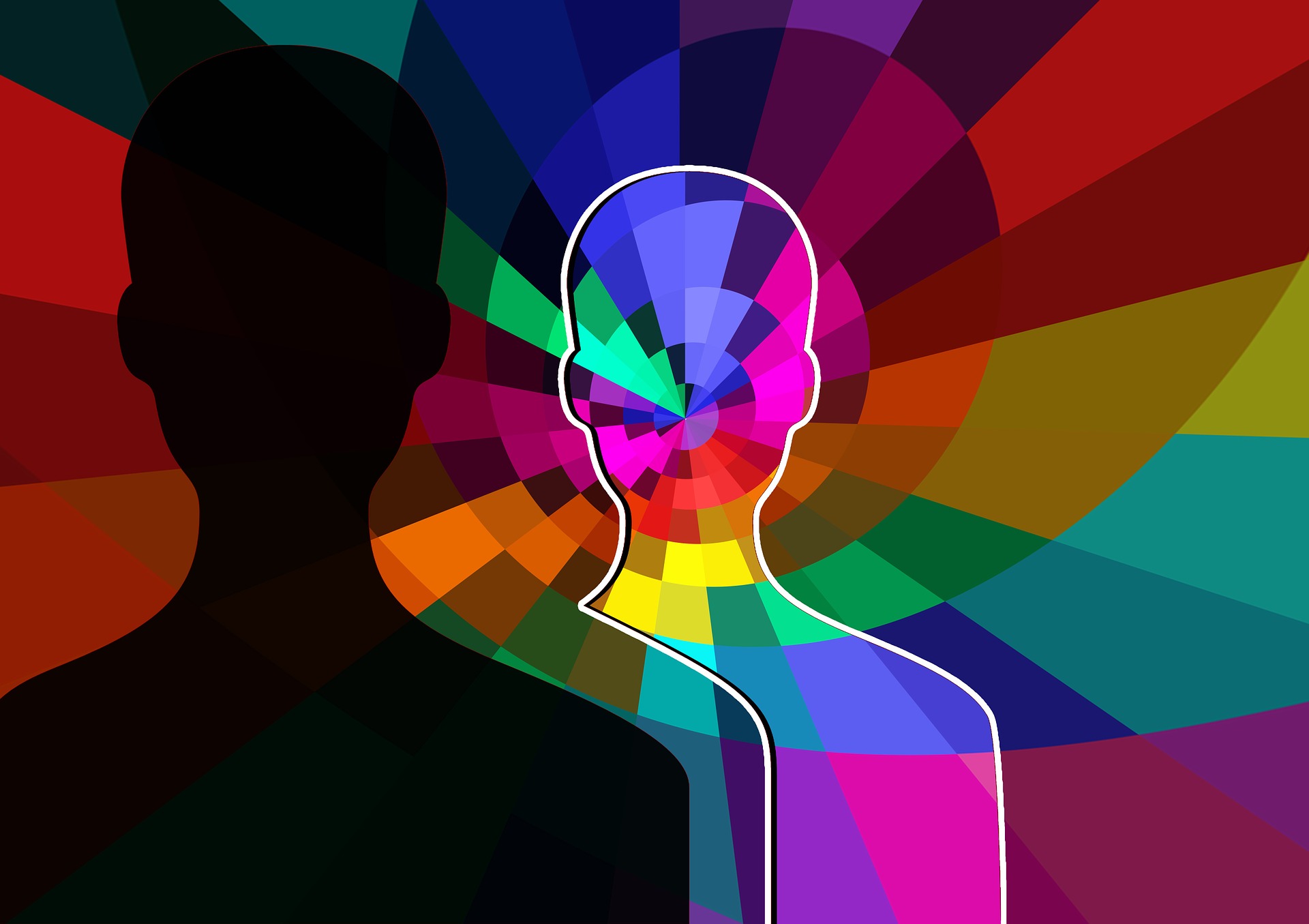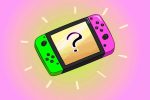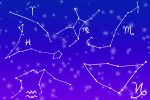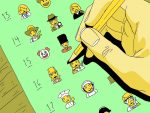Unless you live under a rock, you’ve probably encountered the latest and greatest form of pop psychology, the personality test. The Myers-Briggs Type Indicator (MBTI), with its 16 four-letter types, and the Enneagram, with its nine number types, have recently taken pop culture by storm. The more mainstream the Enneagram and MBTI have become, the more they’ve appeared in social media bios, blog posts and YouTube videos, and the more they’ve come up in casual conversation.
But the Enneagram and MBTI are no longer confined to the realm of hobbies and social media. The two personality tests have wormed their way into more distinguished, professional platforms, like higher education and the workplace. The tests are often administered on college campuses or by employers as a way to understand their students or employees and build camaraderie.
But as the Enneagram and MBTI’s popularity increases, among laymen and professionals alike, it’s making more people wonder: do the tests have merit? How accurate are they, and if they’re not that accurate, should employers or professors still use them?
To try and answer these questions, here’s a rundown on the history of each test and how it works.
Myers-Briggs
MBTI was created by a mother/daughter duo, Katharine Myers and Isabel Myers-Briggs, in the early twentieth century. The two were fascinated with psychologist Carl Jung, and after discovering his book “Psychological Types” in 1923, they decided to combine their own observations with Jung’s psychology to make MBTI. The test began as a questionnaire, and over the next three decades, Myers and her daughter would continue their research and refine the test.
Later, Myers-Briggs took over MBTI as her project, continuing to refine the test and spread it among researchers. Her work helped open MBTI up for public use in 1975, and ever since, MBTI’s reach and popularity has reached global proportions. The goal of the test, according to the Myers-Briggs site, is to help you “appreciate your own strengths, gifts, and potential developmental needs, and … understand and appreciate how other people might differ from you.”
The test attempts to accomplish this goal by dividing people into 16 different types based on four letters. Some example types would be INFP (some call this type the Mediator), ESFJ (the Consul), or ISTP (the Virtuoso). In terms of what the letters mean, the I/E stands for Introversion/Extroversion, N/S is Intuitive/Sensing, F/T is Feeling/Thinking and P/J is Perceiving/Judging. Out of those four categories, or dualities, you are more one letter than the other. So, you can’t be both Intuitive and Sensing — whichever letter you lean more toward is the one that goes into your four-letter type.
If you identified as an Introverted, Sensing, Feeling Perceiver, then you would be an ISFP, and all that entails. According to Myers-Briggs, an ISFP would be gentle, quietly caring, compassionate, adaptable, observant, loyal, and spontaneous, among other things.
These letters and their meanings spring from Carl Jung’s idea of cognitive functions, which is too complex to concisely explain here, but if you’re interested, Heidi Priebe over at Thought Catalog has a wonderful article explaining the cognitive functions and MBTI.
It’s important to note, however, that Jung was openly against how Isabel Myers-Briggs and her mother had interpreted his work, writing his disapproval of MBTI in multiple letters from the 1950s through the 1970s. This is a fact that MBTI neglects to mention when they say their psychology is based on Carl Jung’s ideas.
Enneagram
Unlike MBTI, the Enneagram does not appear to be based on psychology at all, but rather is, according to their website, “a modern synthesis of a number of ancient wisdom traditions.” In other words, Enneagram is based solely in religion and spirituality, and a lot of religions at that.
The creator of the Enneagram, Oscar Ichazo, founded the Arica School in Chile in the late 1960s and early 1970s. At the Arica School, Ichazo taught psychology, cosmology, metaphysics and spirituality, as well as practices meant to grow and transform your inner being. One element of the teachings was based on the ancient symbol of the Enneagram, a symbol created by a man named George Gurdjieff (who taught the symbol through a series of sacred dance movements and used it to convey people’s different primary characteristics — kind idiot, round idiot, hopeless idiot, etc.).
While Ichazo neglected to borrow some of Gurdjieff’s other methods, he did mix and match philosophies from mystical Judaism, Christianity, Islam, Taoism, Buddhism, and ancient Greek philosophers like Plato to create the Enneagram as we know it today. The test was originally meant to discern the structure of the soul and how certain soul qualities of Essence were becoming twisted into Ego.
As we know them today, there are nine types, equidistant from each other on the Enneagram symbol. Whatever type you identify with most is your dominant type, and the other two types that connect in the circle to form a sort of triangle are your wings, a sort of secondary type. The types are ordered in categories or Centers (Instinctive, Thinking, Feeling), in groups of three. So types two, three and four are Feeling, and so forth.
An example personality type from the Enneagram would be a Nine or a Seven. Nines, or Peacemakers, are easy-going, self-effacing, receptive, reassuring, and complacent. Sevens, or Enthusiasts, are busy, fun-loving, spontaneous, versatile, distractible, and scattered.
Are they Valid?
Modern psychologists are quick to shoot down pop personality tests, particularly MBTI, on the basis that it isn’t reliable and that placing people into distinct categories, based on generic traits, just isn’t accurate. People are too complex for that.
This lines up with common complaints I’ve heard from friends and acquaintances, who say that they feel as if MBTI and Enneagram are too vague or try to fit them into a box they can’t justify squeezing into. However, MBTI and Enneagram have also changed many people’s lives and perceptions of themselves and others, as they navigate relationships and the world. I know many people who would swear by the personality tests and claim they have learned so much from it and are a better person because of it.
So, ultimately, should we be using the personality tests in professional institutions, or using them at all? I say absolutely, if you find them helpful or enjoyable. But we should all remember that the tests and their results should be seen as self-discovery suggestions rather than scientific gospel or personal revelation.
















